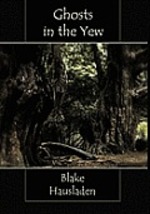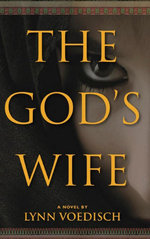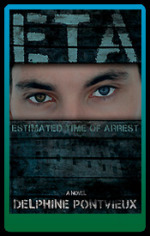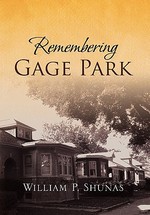Review: Ghosts in the Yew
 Sunday, December 4, 2011 at 7:09PM
Sunday, December 4, 2011 at 7:09PM  Ghosts in the Yew by Blake Hausladen, Rook Creek Books, is available at Amazon and BarnesandNoble.com.
Ghosts in the Yew by Blake Hausladen, Rook Creek Books, is available at Amazon and BarnesandNoble.com.
Reviewed by Ophelia Julien
Do not make the mistake that I did by starting to read Blake Hausladen’s Ghosts in the Yew without enough time to finish the book in one large satisfying bite, or at least in consistent tasty nibbles on a daily basis. Though the set-up takes a little time, and rightfully so since this is a complex tale told from the points of view of four main characters, once the story begins to unreel there is no option of putting the book down.
The story is set in the unhappy and decaying kingdom of Zoviya. The ruling family has been in power for two generations and their government cares little for the kingdom’s citizenry beyond the labor and taxes that can be squeezed from them. Nearly equally powerful is the Church of the god Bayen, whose priests have the power to heal with a warm blue light but who are also rigid, autocratic, and unforgiving.
Prince Barok, one of the Lord Vall’s



